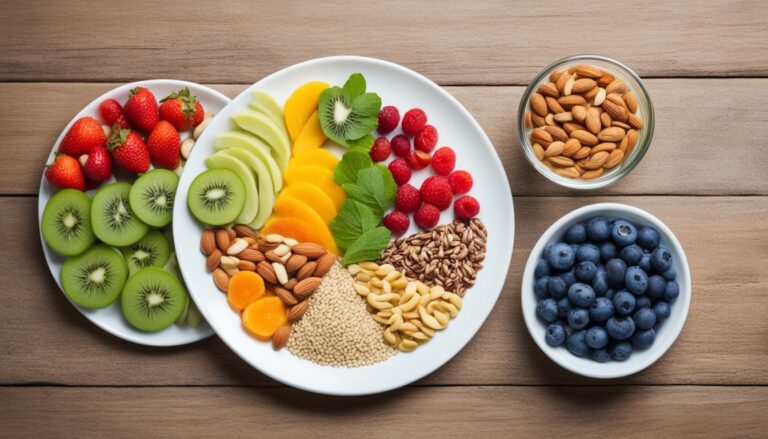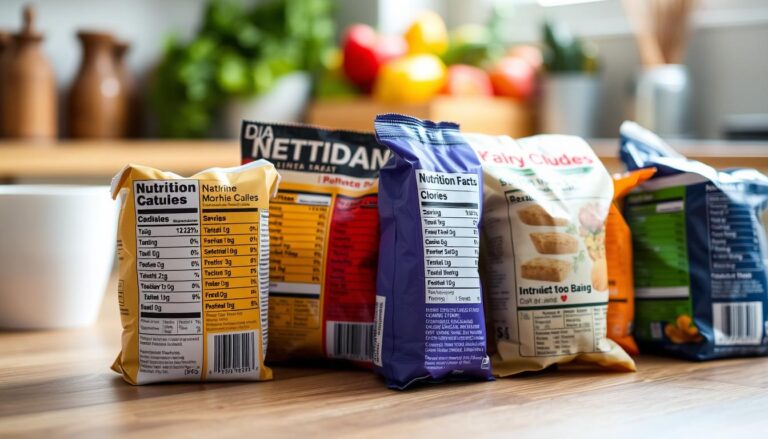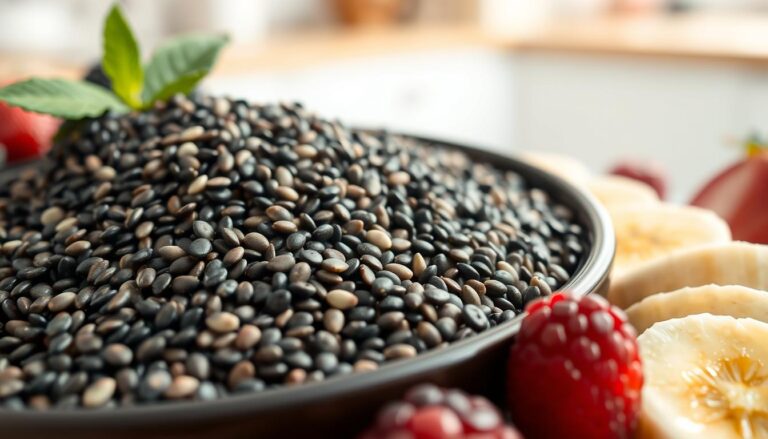Feel like you’re not moving forward in fitness? Using a fitness log could be your answer. You record your activity and workouts. This helps you see your progress and keeps you motivated.
A fitness log can change how you work out. You’ll see what you’re good at, where to get better, and you’ll cheer your achievements. This method is a major boost. Let’s look at the reasons why fitness logging can be key to a better more active life.
Key Takeaways
- Fitness logs help you monitor your activity levels and track progress over time.
- Keeping a workout journal can provide a sense of accomplishment and fuel your motivation.
- Fitness logs allow you to identify areas for improvement and make informed decisions about your routine.
- Using a fitness log can be a game changer in achieving your health and wellness goals.
- Fitness logs come in a variety of formats, from traditional journals to advanced fitness apps.
Introduction to Fitness Logging
Start your fitness journey by keeping a fitness log in hand. It brings many benefits for your health and wellness. By tracking your fitness progress closely, you’ll learn a lot. You’ll see where you can do better and keep inspired to reach your goals.
Benefits of Tracking Fitness Progress
Your fitness log acts like a guide to success. It helps you watch your activity monitoring, see patterns, and pick smart options for your workout journal. As you note down your progress, you will love seeing how you’re getting better. This will keep you energized to continue on your fitness journey.
Why You Should Keep a Workout Journal
Keeping a workout journal makes a big difference. It lets you write down your exercises, keep track of your progress tracking, and change your routine easily. This close look at your wellness diary helps you stay on track and get closer to your fitness goals. This way, you can see amazing results.

| Metric | Value |
|---|---|
| Time to Write Workout Routine | 60 seconds |
| Weight Increase per Week | 5 pounds or 1 extra set |
| Rest Intervals in Strength Training | 3 to 5 minutes |
| Email Newsletter Subscribers | Over 3,000,000 |
Getting Started with a Fitness Log
Before you start getting fit it’s good to think about your current activity and reasons. Answering a few questions will help you create a fitness log perfect for you.
Questions to Ask Yourself Before Beginning
The National Institute on Aging has some worksheets to guide you. They help you think about your current fitness, what you enjoy doing, and your goals. Start by looking at what you do now and what you want to achieve. Think about what you like to do and how you can fit it into your day. Also, find out what might stop you from exercising and plan how to beat those barriers.
Setting Realistic Goals
Now that you know what you want, it’s time to set some goals. Check out the National Institute on Aging’s goal setting worksheet. It helps you set up goals you can really reach. It also talks about how to reward yourself as you make progress. Setting achievable goals is the key to keeping up with your fitness plan.
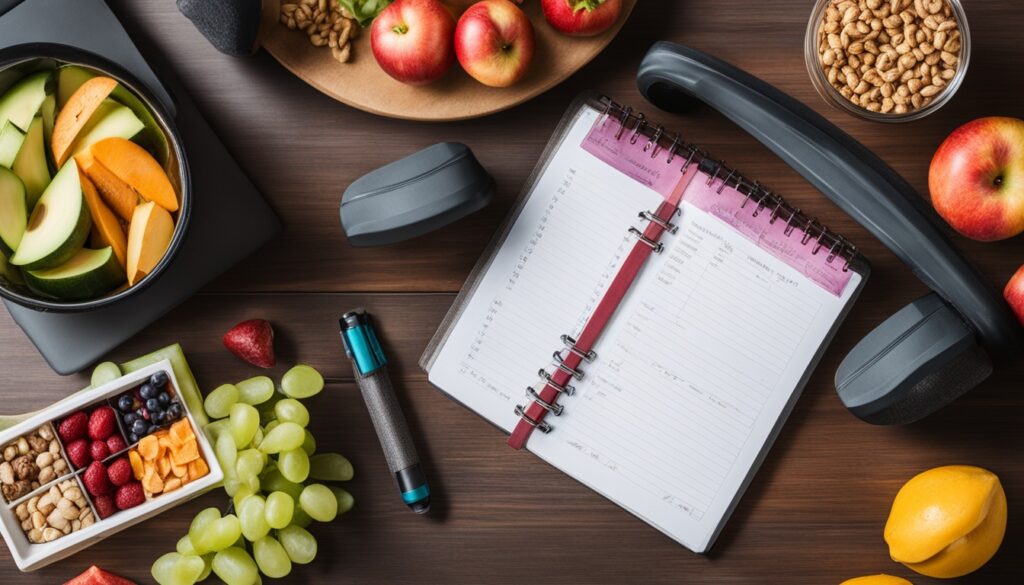
Fitness Log Track Your Progress
First, set your fitness goals. Then start keeping track of your progress. The National Institute on Aging has made activity logs for this purpose. With these logs you can track your daily physical activity. This helps you know your starting point and watch your fitness journey unfold. You learn more about your current fitness levels. Plus you find areas where you can add more to your exercise routine.
Activity Logs for Finding Your Starting Point
The logs from the National Institute on Aging cover everything from easy walks to tough workouts. You can note down all your physical activity. By doing this, you set a starting point for your exercise routine. Then, you can see clearly where you can do more to improve your fitness log and health.
Monthly Progress Tracking
Along with daily logs, there’s a monthly progress worksheet. This tool shows your fitness progress over time. It helps keep you excited about your fitness journey. By always logging your progress and keeping track of activity monitoring, you stay in touch with your fitness changes. This way, you can smartly adjust your exercise routine.

Creating an Exercise and Activity Plan
First, understand your current fitness levels. Then, make an exercise and activity plan that suits your goals. The National Institute on Aging offers a weekly exercise and physical activity plan worksheet. This helps you plan your workouts and include all exercise types.
Weekly Planning for All Exercise Types
Use this worksheet to plan your activities for the week. It makes sure you do different workouts and keep a balanced schedule. By setting time for each type of exercise, you take a holistic approach to better health.
Goal Setting Strategies
The goal setting worksheet helps you set short term and long-term goals. It also shows how to reward yourself for reaching them. A solid plan with clear goals helps you stay focused and keep improving in your fitness log and activity planning.

Using these resources and tools, you can tailor a plan to your needs. Remember being consistent and ready to adjust is crucial for long-term progress. Stick to your exercise and activity plan to meet your fitness goals.
Workout Journal Quick and Easy Tracking
Keeping a workout journal helps you see how far you’ve come. It keeps you organized as you work on your fitness. The main trick is to make a system that is both fast and useful. This helps you pick the best options for your workouts.
Recording Date Weight and Planned Routine
Your journal might note when you worked out last, how much you weigh, and your plans for today. You can keep track of your sets with short marks. This stops you from forgetting things and makes sure your records are right.
Tally Marks for Completed Sets
Your workout journal needs to work for all kinds of exercise. This means from lifting weights to quick runs. You can tweak it as your fitness journey changes.
Versatility for Different Workout Types
The system mentioned has led to better strength lighter weight, and improved fitness over 5 years. It easily fits with exercises like using your own body weight lifting weights, and quick runs.
| Metric | Details |
|---|---|
| Workout Time | It takes under 60 seconds to plan a workout with this system. |
| Rest Intervals | Weightlifting breaks are usually between 3 to 5 minutes. |
| Strength Training Program | The program recommends 3 main body exercises, 5 sets of 5, done 3 times weekly. |
| Benefits | A journal helps you lift more, change your exercises, and cut down on breaks. This means you keep getting better. |
Design a workout journal just for you, based on your goals. This will help you stay on top of things, track your journey, and choose the best pathways for your workout.
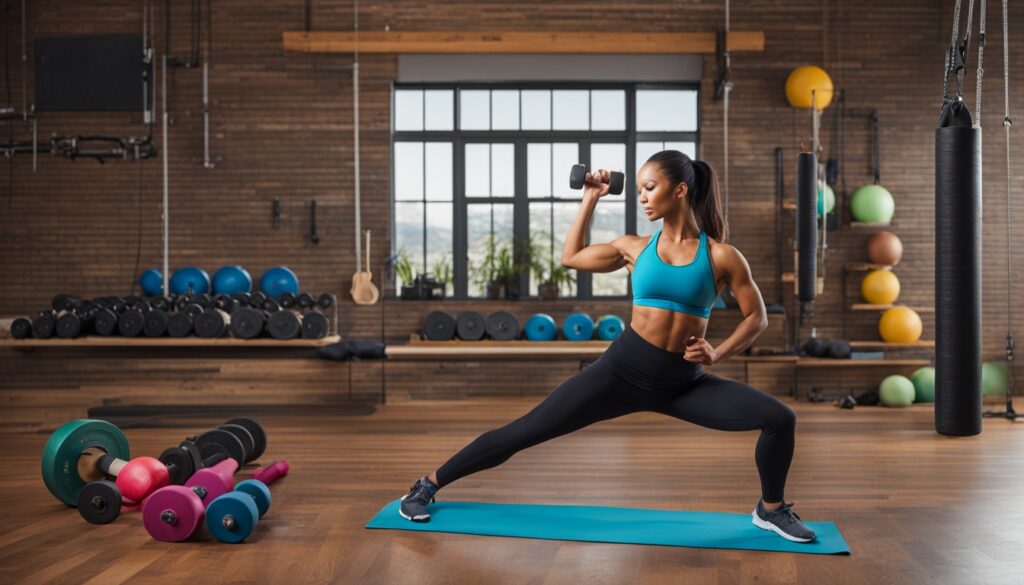
Utilizing Fitness Apps and Wearables
Alongside a workout journal, you can use fitness tracking apps and wearable devices to track your activity levels and health data. It’s reported that one out of five Americans uses these gadgets. Plus, twenty percent of U.S. adults use health apps and wearable trackers.
Popular Fitness Tracking Apps
Strong is a fantastic app with features to design your workouts. It tracks your fitness progress and even works with Apple Health. Through these wearable devices, you get updates on your activity levels and more, giving you a full picture of your journey.
Syncing with Wearable Devices
The holiday season saw a big rise in the purchase of fitness trackers. But, beware of data compromise issues facing popular brands. Your fitness app data might not be as protected as health info, making it a target for hackers.
| Wearable Device | Key Features | Data Security Considerations |
|---|---|---|
| Apple Watch | Heart rate monitoring, sleep tracking, workout tracking | Potential data sharing with third parties, default settings may not offer stringent security controls |
| Fitbit | Step tracking, sleep monitoring, heart rate tracking | Past data compromise issues, potential data sharing for ad revenue generation |
| Garmin Forerunner | GPS tracking, heart rate monitoring, training features | Require user adjustment of security settings, potential vulnerability to hacking |
| Oura Ring | Sleep tracking, heart rate variability, temperature monitoring | Consumers can opt out of data sharing in some states, need for strong password and two-factor authentication |
To keep your fitness data secure, use strong passwords and two-factor authentication. Don’t share your login details. Also keep your apps and devices up-to date for security fixes. This will help protect your information from cyber attacks.
![]()
Staying Motivated with a Fitness Log
A fitness log is key to keep you moving towards your fitness journey goals. It helps you see how far you’ve come by looking at past milestones and achievements. Sharing it with others adds a boost with social support and accountability.
Celebrating Milestones and Achievements
It’s important to cheer on your small wins to keep your motivation high. By noticing little steps of progress, you stay positive. This also helps remember and honor the highs in your fitness journey.
Sharing Progress with Friends and Community
Sharing updates with those around you brings social support and accountability. It makes reaching your fitness goals feel more like a team effort. Picking the right fitness partner ensures you both benefit and stay motivated on your way to success.
The fitness log Advantage
Using a fitness log can help a lot. It’s all about being able to make it your own. A good fitness log should fit many types of workouts. This lets you change it to work best for you. For those really into fitness, fitness logs have special features.
These include tracking lots of stats making your own workouts, and watching how you improve over time. By picking the right fitness log for what you need, tracking your progress gets better. You’ll keep moving forward with your fitness goals.
Customizable for Your Needs
The special thing about a fitness log is you can personalize it. It works for those who love running, lifting weights, or doing different activities. This type of fitness log lets you note down all you do, see how you’re doing, and change your plan if needed. Picking the right fitness log that fits what you do helps a lot. It makes tracking your fitness journey easy and fits with your lifestyle.
Advanced Features for Serious Athletes
For top athletes who want more from their fitness log, there are cool features. You can keep an eye on things like your heart rate, power you put out, and how you move. Plus, you can make your own workouts and see how you’re doing over time. These extra features give serious athletes a better look at their training. It helps them improve their routines and reach higher in their fitness goals.
Conclusion
A fitness log can be your secret weapon in reaching your goals. It helps you keep track of your progress so you stay motivated. Whether you like writing things down by hand or using a high-tech app, what’s important is that it fits into your lifestyle.
Starting this journey means finding more about yourself, not just hitting certain numbers. It’s about growing stronger and pushing through challenges. Enjoy every step, big or small, and let your fitness log show you the way to a fitter you.
Get your shoes on, bring your journal with you, and start the next chapter of your fitness adventure. The road might twist and turn, but with your loyal fitness log, reaching your dreams is doable, and the gains are endless.
